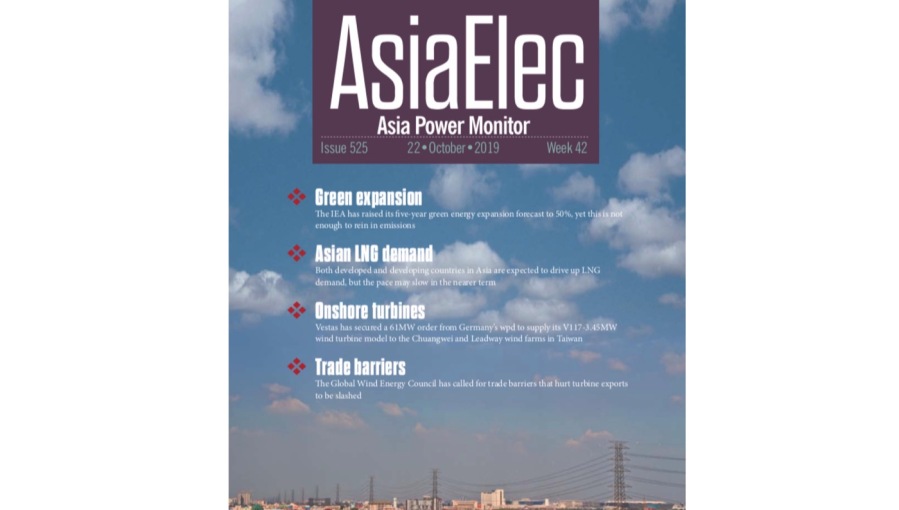AsiaElec: India’s net-zero goal to cost over $12 trillion

In a report issued by Standard Chartered, it has been announced that India will require at least $12 trillion to achieve the net-zero goals set by New Delhi in recent years.
This is a number deemed largely out of reach for the government of Prime Minister Narendra Modi in the current and even foreseeable economic climate of the subcontinent, India’s $12 trillion figure is, however, just a fraction of the predicted $94.8 trillion the same report says is required to help all the world’s emerging markets reach long-desired climate goals in the decades ahead.
At present the $94.8 trillion figure far exceeds the planet’s annual GDP.
“Indian household spending could fall by a total of $5.8 trillion if it has to self-fund its journey to net zero,” the report claims, adding that investment by the private sector could supply up to $83 trillion of the total needed. Meanwhile, should India’s finance requirements be provided by the developed world, domestic household outlays across India could also increase by up to $8 trillion.
Speaking of India and other emerging markets, Standard Chartered’s group chief executive Bill Winters said: “(E)merging markets need a great deal of investment to transition to net zero and the stakes have never been higher. Without the help from developed markets, improvement in emerging market prosperity could be halted or reversed, which would not only be unjust but would have a hugely negative impact on the world economy.”
Winters went on to add: “Developed market funding could (also) help prevent the worst of global warming, as well as stimulating global GDP,” something he says would suffer under nations such as India having to wholly self-finance their moves towards ambitious net-zero goals.
“Emerging market self-financing would lead to higher taxes and an increase in government borrowing. In total, between now and 2060, emerging market household consumption could be reduced by 79.2 trillion,” a number he says could actually be shown to increase by $1.7 trillion each year on the back of developed market action to boost financing of nations such as India over the next forty years.
In the past week, India was also predicted to miss 100 GW of installed solar targets set for the end of the calendar year by around 27%.
The nation at present can only post figures of 50% of the predicted 100-GW target as actually being installed; a combination at present of 60% of utility grade solar, with the rest made up of nationwide rooftop installations.
And even though a further 19 GW is now on course to be installed over the next eight months, “Even with this capacity addition, about 27% of India’s 100-GW solar target would (still) be unmet,” according to Jyoti Gulia, co-author of a report released by JMK Research in India, and the Ohio based Institute for Energy Economics and Financial Analysis (IEEFA).
The lion’s share of the shortfall is being attributed to problems facing rooftop installations, Gulia says, adding that while utility-scale solar capacity in India is now on track, and the country is set to achieve nearly 97% of its 60-GW target "(T)his makes it imperative to have a more concerted effort towards expanding rooftop solar."
Should India continue at its current rate of installation until 2030, when New Delhi has set itself a target of 300 GW of solar linked to the national grid to help supply power to what will by then be the world’s most populous nation, it will still be 86 GW short of its goal.


Follow us online